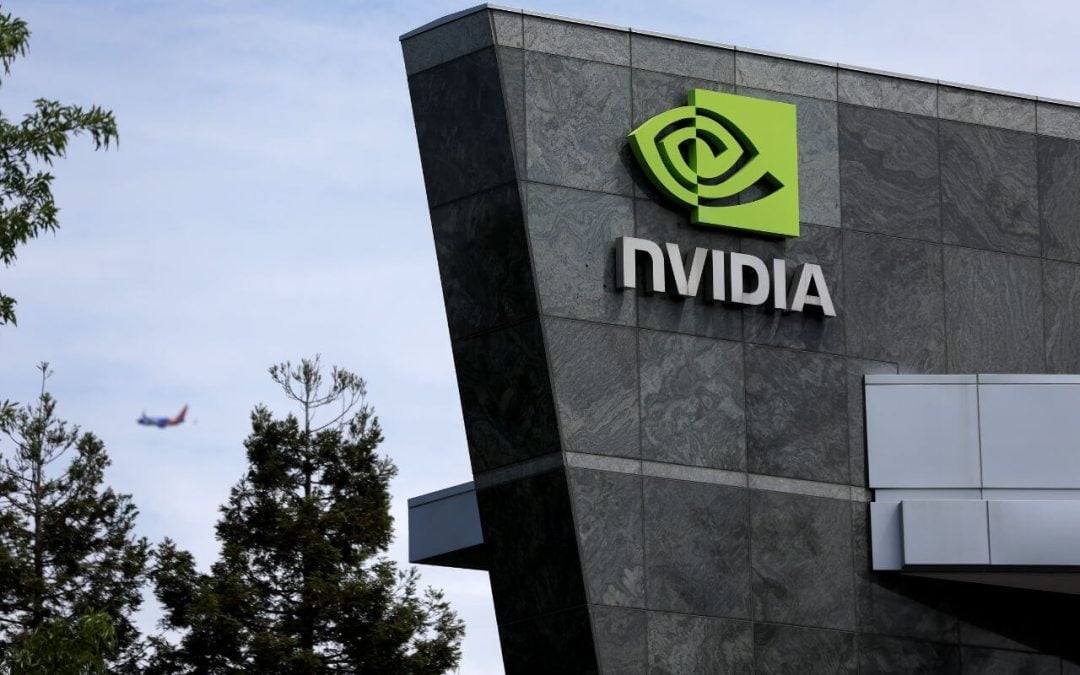The data center industry is undergoing a profound transformation, driven by the exponential growth of data, cloud computing, artificial intelligence (AI), and the expanding demand for secure and scalable infrastructure. Leading players like Equinix, AMD, and Nvidia Corp. are at the forefront of this revolution, shaping the future of global data centers. As digital transformation accelerates across industries, the need for robust, efficient, and high-performance data center solutions is more critical than ever. Projections suggest the global data center market could exceed $600 billion by 2027, growing at a compound annual growth rate (CAGR) of 6.6%.
Equinix Inc, a global leader in the data center and interconnection space, continues to strengthen its position as the backbone of the digital economy. With over 240 data centers across 26 countries, Equinix facilitates secure and seamless data exchanges for a diverse range of industries, including cloud computing, finance, and e-commerce. The company’s commitment to enhancing its global reach is evident in its ongoing expansion projects.
In 2024, Equinix announced plans to invest $3.5 billion in new data centers and infrastructure to support the growing demand for cloud and interconnection services.
The company is set to build additional hyperscale data centers in key markets such as London, Frankfurt, and Tokyo. As part of its strategic initiatives, Equinix also entered into a partnership with Microsoft to enhance its Azure cloud platform, providing customers with access to low-latency, high-performance services. This growth reflects the escalating demand for colocation, interconnection, and cloud services, positioning Equinix as a dominant player in the global data center market.
While Equinix focuses on the physical infrastructure of data centers, companies like Advanced Micro Devices Inc and Nvidia Corp are driving innovation in the underlying hardware that powers these facilities. The increasing reliance on AI, machine learning, and data analytics is fueling demand for high-performance processors, which are central to the data center revolution.
AMD, known for its semiconductor innovations, is making significant strides in the data center market with its EPYC processors. These high-performance CPUs are designed to optimize data center workloads, from cloud computing to AI and machine learning applications. In 2024, AMD secured several high-profile data center contracts, including a deal with Amazon Web Services (AWS) to provide EPYC processors for its cloud infrastructure.
Nvidia, on the other hand, continues to dominate the AI-driven data center space with its GPUs, which are essential for powering AI applications and accelerating computing performance. Nvidia’s GPUs are widely used in data centers for tasks such as deep learning, training neural networks, and running high-performance computing (HPC) workloads.
The company’s flagship product, the A100 Tensor Core GPU, is being integrated into data centers worldwide to support AI-driven workloads. Nvidia is also expanding its presence in the data center market with the development of its Grace Hopper Superchip, which is designed to deliver unparalleled performance for AI and data analytics applications.
Over the past year, the S&P 500 index has generated a return of approximately 23%. In comparison, Equinix (EQIX) has surged by 5%, with its stock currently trading at $919.68 per share. Nvidia (NVDA) has doubled in value, delivering a 70% return, currently trading at $134.43 per share. Meanwhile, AMD (AMD) has experienced a 37% decrease, with its stock priced at $110.84 per share.
The Changing Landscape of the Data Center Industry
The data center market is highly competitive, with major players investing heavily in new technologies and infrastructure to maintain their market share. Companies like Google, Amazon, and Microsoft are all aggressively expanding their data center footprints to meet the growing demand for cloud services.
At the same time, the demand for edge computing is also on the rise, with companies seeking to reduce latency and enhance real-time processing capabilities. As a result, Equinix, AMD, and Nvidia are increasingly focused on developing solutions that support edge data centers, which are smaller facilities located closer to end users. By 2026, the global edge data center market is expected to reach $13.3 billion, growing at a CAGR of 28.4%.
Impact of Geopolitics and Supply Chain Challenges
As with the semiconductor industry, the data center market is not immune to the impact of geopolitical tensions and supply chain disruptions. With many data centers relying on critical components from regions such as Taiwan and China, geopolitical risks have created concerns about the stability of supply chains. The U.S. government has responded by introducing the CHIPS Act, which aims to bolster domestic production of critical technologies, including those used in data centers.
Similarly, the European Union is implementing policies to encourage data sovereignty and secure access to cloud services, with the European Commission investing in initiatives to promote local data center development. These efforts are expected to reduce reliance on foreign providers and enhance the security of data infrastructure in the region.
Looking Ahead: A Bright Future for the Data Center Industry
The long-term outlook for the data center industry remains exceptionally promising. With AI, 5G, the Internet of Things (IoT), and other transformative technologies continuing to evolve, the demand for high-performance data centers will only intensify. Equinix, AMD, and Nvidia are well-positioned to capitalize on this growth, with continued investments in research and development, infrastructure expansion, and strategic partnerships.
By 2027, the global data center market is projected to reach $600 billion, driven by advancements in cloud computing, AI, and data analytics. As the digital economy expands, these giants will play a pivotal role in shaping the future of global data centers, ensuring they are equipped to meet the ever-increasing demands of the modern world.

